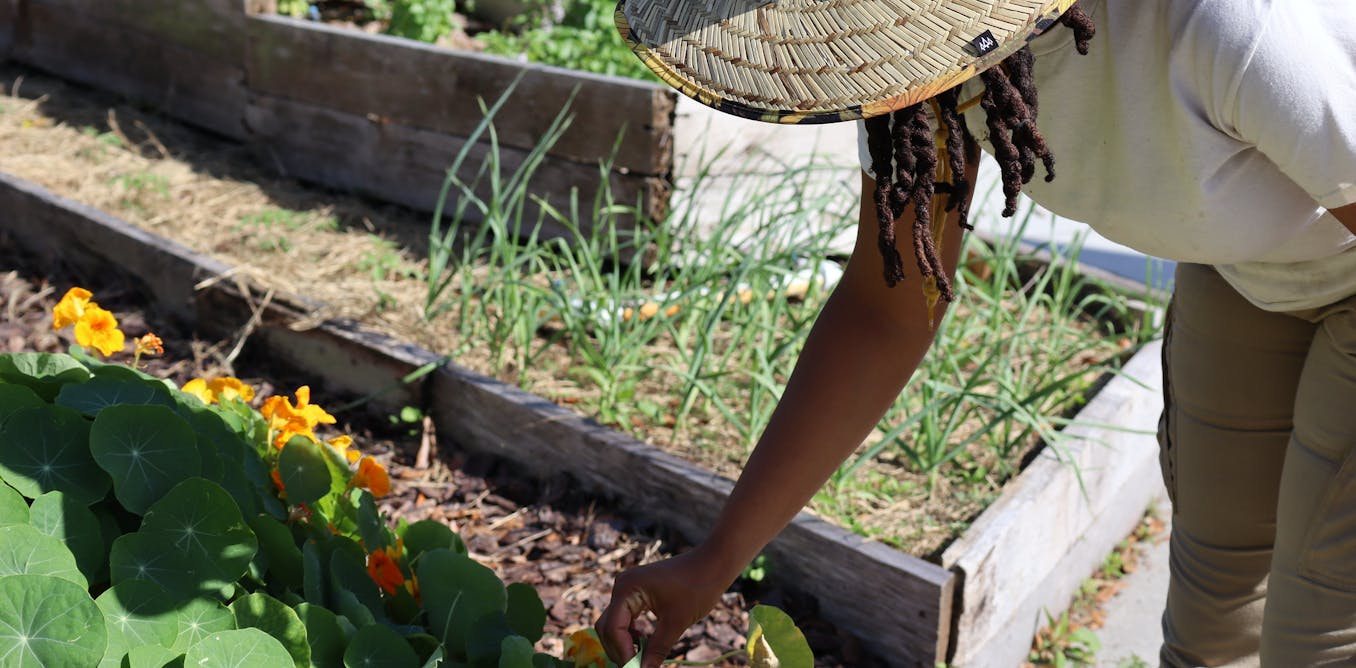The 7-Minute Rule for City Blooming
Table of ContentsCity Blooming Fundamentals ExplainedThe Facts About City Blooming RevealedSome Known Incorrect Statements About City Blooming City Blooming for DummiesNot known Details About City Blooming
Intrigued in growing food available in the City of Chicago? Thinking of starting a community garden? Changes to the Chicago Zoning Ordinance permit farming usages like neighborhood gardens and city farms in numerous components of the city. Below is a checklist of often asked concerns regarding the rules and guidelines that growers must consider when intending a city farming project.
The zoning amendment does not modify any various other codes managing composting, building licenses, acquiring or renting City owned residential or commercial property, business licenses or ecological contamination. There are existing codes that regulate these problems and they remain completely result and might be appropriate to your job. Community yards are normally possessed or managed by public entities, public companies or community-based companies and kept by volunteers.
Urban ranches grow food that is meant to be marketed, either on a nonprofit or for-profit basis. Due to their commercial objective, metropolitan ranches need a service license.
Top Guidelines Of City Blooming
The quantity of garden compost material can not surpass 25 cubic backyards at any kind of given time according to the standards in 7-28-715 of the City's Municipal Code. Because the soil at the majority of new yard websites needs amending, garden compost, dirt, wood chips, or various other materials can be gotten to create or improve the expanding area.

If a structure authorization is required then the hoophouse will be considered an accessory structure. You can discover out even more about the building authorization requirements by getting in touch with the Department of Structures. The 25,000-square-foot dimension limit is planned to stop a single area yard from controling a provided block or interfering with the block's existing household or business personality.
The limitation does not apply to yards located in Public Open Area (POS) areas. Can there be more than one area garden that is 25,000 square feet on a single block? Fencing is not needed, nevertheless, yards that have big parking locations may be called for to install fencing or various other landscape design features.
Some Known Questions About City Blooming.
B1 & B2 areas call for that all commercial use activities be carried out inside your home. R districts restrict business task. The policies reflect the purpose and intent of the Zoning Code. Is fencing required for urban farms? Yes. Fencings might be required, together with landscaping and screening, for certain car parking areas and outdoor work or storage locations relying on location and the particular task taking area.
Yes. Urban ranches call for structure authorizations and zoning authorizations before building and construction. Other forms of city evaluation may be required depending on particular frameworks, activities, size, landscape design, licensing, public heath and stormwater administration problems. Several of these requirements are determined in the project layout or allowing process, nonetheless, the applicant may be liable to separately determine certain licenses or permits that may be called for.
The Department of Service Affairs and Customer Defense can assist determine the specific type of company permit that's needed. Off road car parking is required for a lot of business jobs in Chicago. The required number of vehicle parking rooms is based on the number of staff members working on website and not the square footage of the growing space.
How City Blooming can Save You Time, Stress, and Money.

Yes. An urban ranch can offer garden compost product created on site, nonetheless, the operation should follow the policies in 7-28-715 of the Chicago Municipal Code. Yes. Aquaponic systems are allowed indoors on city ranches in several zoning areas. Nonetheless, a zoning evaluation and building authorization is called for in order to install frameworks or systems and a business license is called for as explained above.
Up to 5 hives or swarms of honey bees may be maintained as an accessory use. However, beekeepers need to sign up with the Illinois Division of Agriculture. To find out more concerning the suggested zoning amendment you might contact the Division of Housing and Economic Growth, Bureau of Planning and Zoning at 312.744.8563.
Farming in cities and city areas A metropolitan farm in Chicago. Urban agriculture describes various methods of cultivating. https://experiment.com/users/cityblooming, handling, and distributing food in metropolitan areas. The term likewise relates check my blog to the area activities of pet husbandry, tank farming, beekeeping, and cultivation in an urban context. Urban agriculture is differentiated from peri-urban farming, which takes place in rural locations at the side of residential areas.
About City Blooming
It can involve a movement of natural growers, "foodies" and "locavores", who seek to form socials media established on a shared ethos of nature and neighborhood holism. These networks can establish using official institutional assistance, coming to be incorporated into local town as a "change town" activity for lasting metropolitan development.
The much more straight access to fresh vegetable, fruit, and meat items that may be become aware through urban farming can improve food safety and food safety and security while reducing food miles, bring about reduced greenhouse gas emissions, therefore adding to climate adjustment mitigation. Several of the initial proof of city farming comes from Mesopotamia.